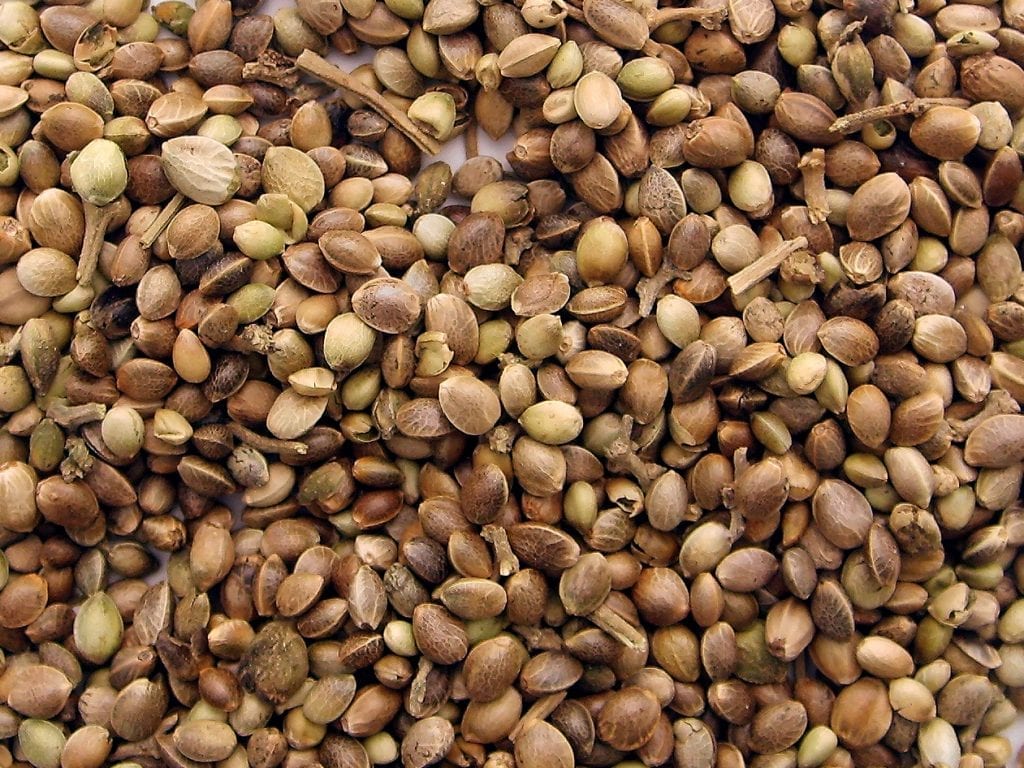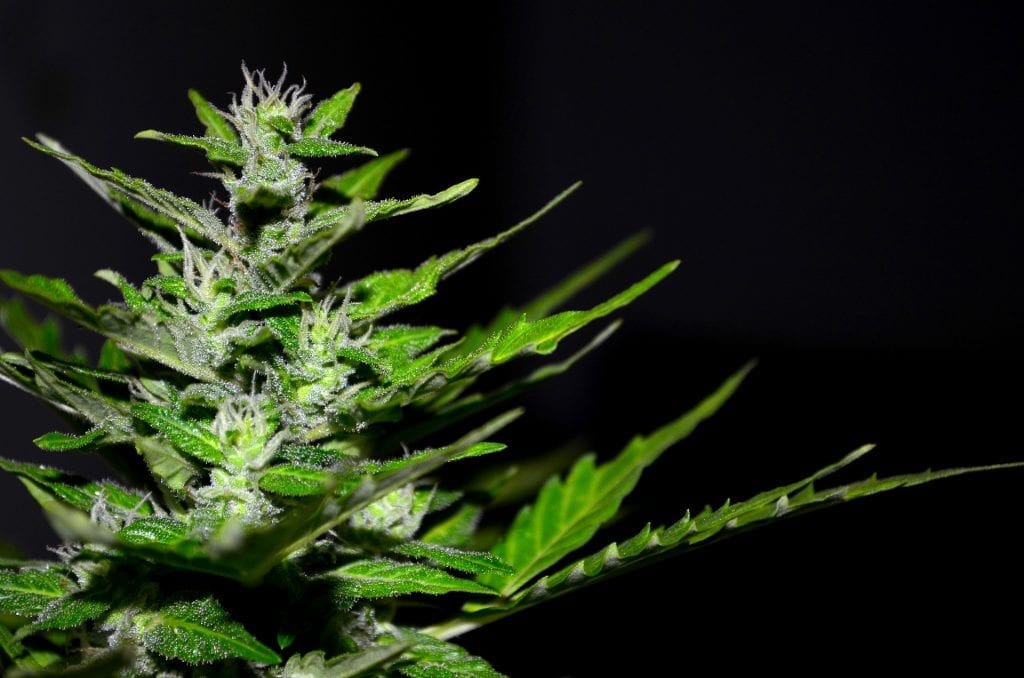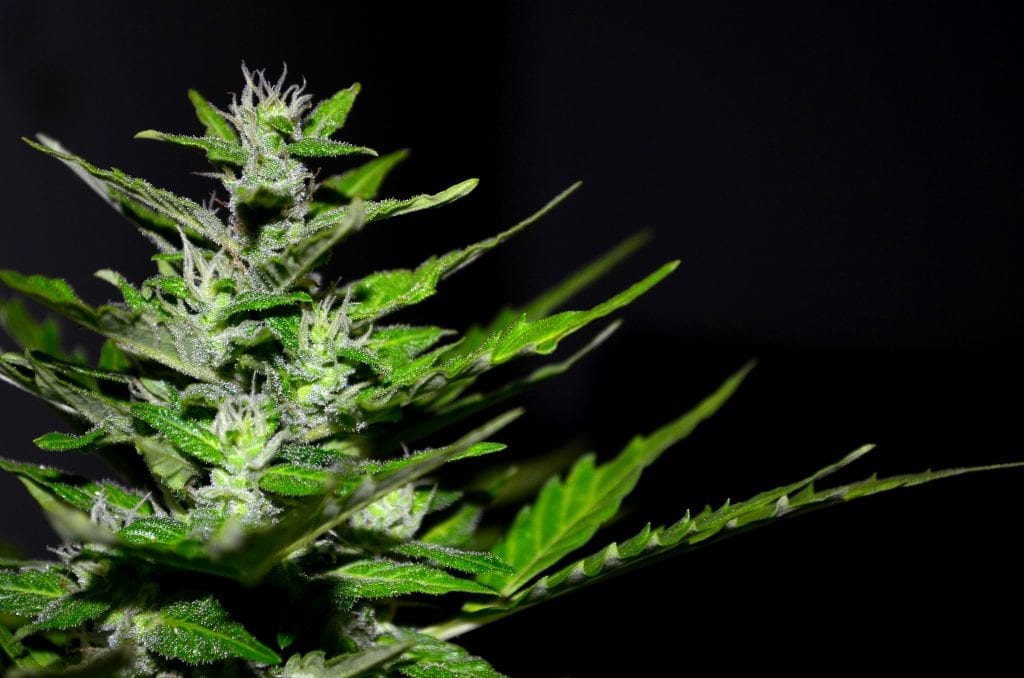Sexing marijuana plants simply means finding out whether your plant is male or female. Unlike many other varieties of available plants, marijuana is unique because it is dioecious. This means that it contains both male and female parts.
How? Experienced cannabis growers know that these plants can be hermaphroditic – an interesting phenomenon in plants where one plant holds female and male, both parts.
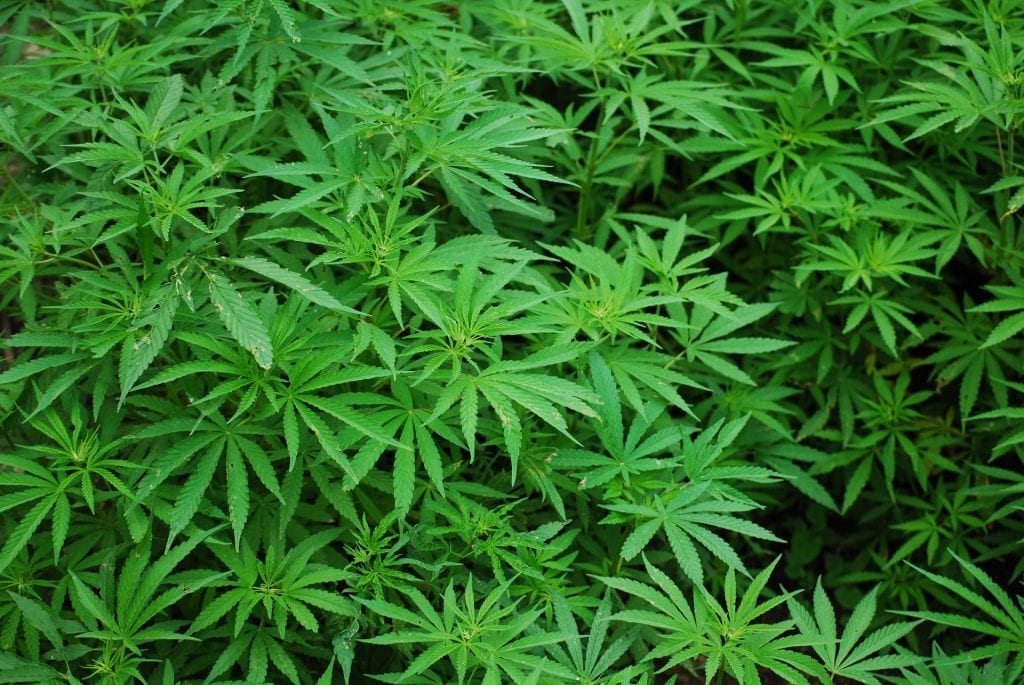
So if you want to understand what factors influence the sex of a marijuana plant, know this that it is not only based on their genetics; it is also heavily dependant upon environmental factors the plant becomes exposed to during its germination stage.
This is why it is very important that you have an insight into sexing marijuana plants, so you can provide all the right necessities for the good harvest.
Why is the Sex of a Plant Important?
In marijuana growths, male and female plants need to be kept separately. Identifying each of them is vital for your harvest.
In cannabis plantations, female marijuana plants are intentionally planted away from male marijuana plants. If you fail to do so, males will fertilize the females, and females will produce seeds.
Most cannabis growers prefer seedless buds, which are called sinsemilla. This can only be achieved if the male cannabis plant is identified and removed from the growing space.
Sinsemilla is the bud we find on store shelves. And they come from the female marijuana plant. Buds with seeds are considered low quality, and the smoke that comes from them is intense and distasteful.
Now that you’ve understood the importance of each sex in a marijuana plant, it is crucial that you know how to recognize them. This part is a bit confusing, especially for newbies, because cannabis plants don’t start out displaying their gender.
They don’t really give away their gender unless you roughly give them twelve hours of darkness in twenty-four hours. This is a critical light cycle to follow to determine the sex of your marijuana plants.
Females produce tetrahydrocannabinol (THC). THC is found in the highest quantities in the seedless, sinsemilla buds. But, males can prevent them from producing sinsemilla. And so, both of them need to be kept separately.
Identifying the Sex of Marijuana Plants
In a broad spectrum, male cannabis is taller and has flowers. On the other hand, Females have pistils and don’t have stalks.
This may sound easy, . but it’s not that easy even for some experienced growers What is crucial is you get a small window where you have to figure it out before it gets too late. Here’s why.
Marijuana plants don’t reveal their sex right after pollination. They take time to disclose their gender until they reach certain maturity and growth. Sex determination is crucial because if you miss this crucial window, your plant will begin to pollinate.
And by this time, it will become impossible for any of us to reap high quality, sensimilla buds.
Different germination stages yield different physical characteristics that will help you determine the sex of your cannabis plants. Let’s look at them in detail below.
Identifying a Male Plant
The easiest way to identify a male marijuana plant is by monitoring their growth rates. They grow taller than female marijuana plants and, in fact, sprout two weeks before the females.
This happens so that they can pollinate females by the time the female plants mature. Lucky for you, their flowering stage begins more or less a month before females. So, you’ll have sufficient time to identify and remove them.
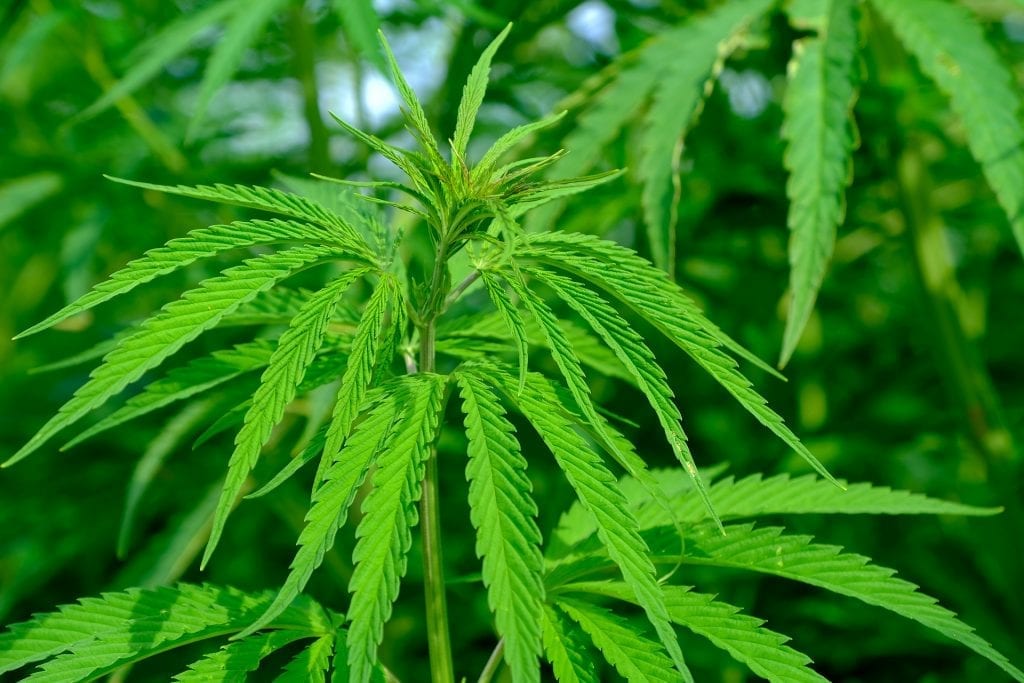
Some salient features common to most male marijuana plants include:
- They grow taller, straighter and develop lesser flowers in comparison
- Flowers are present at the top of the plant
- They can be seen as round clusters stacked together
The male flower has a central banana-shaped petal. To untrained eyes, they look like a bunch of bananas. And when they open to begin pollination, they form a star-shaped appearance, resembling a peeled banana.
Often known as false buds, male flowers are pollen sacs that open when a stamen appears, ready to pollinate.
Pre Flowers
You will have to be quite well trained to point out which plant is male and which is female, based solely on their flowers. The reason being, as mentioned earlier, you get a very brief period. This duration is between when these plants appear and when they get fertilized.
This can be a missed shot as well. So, many experienced growers go by the following strategy:
- They look for preflowers. These are the first immature flowers that proceed to maturation and develop into fully blossomed flowers.
- You can find them at the tips of branches or the main stems.
So if you see a raised calyx on a stalk, that’s a male plant. If this calyx is not raised, it is a female plant. It’s that simple.
A calyx forms the base of a flowering plant. It is that part of a marijuana plant that holds everything together. Calyx gives stability and also protects the flower’s reproductive organs.
But don’t get ahead of yourselves because initially, it’s hard to tell them apart. Fortunately, with time and experience, you can sort this out quickly.
Identifying a Female Plant
Female marijuana plants are relatively easier to pinpoint. They grow many more flowers than their counterparts. But, female flowers bloom only after the Female male flowers look like sacs grow on stigmas.
The salient features of female marijuana plants common to most include:
- They have hairs called pistils. The hairs are whitish and trap pollen from male marijuana plants
- They open up and form flowers in all shades of white, off white, and beige.
Stigmas are present in the node region of the central stalk. The stalk is where a branch grows from the main stem or where a branch grows out from another branch.
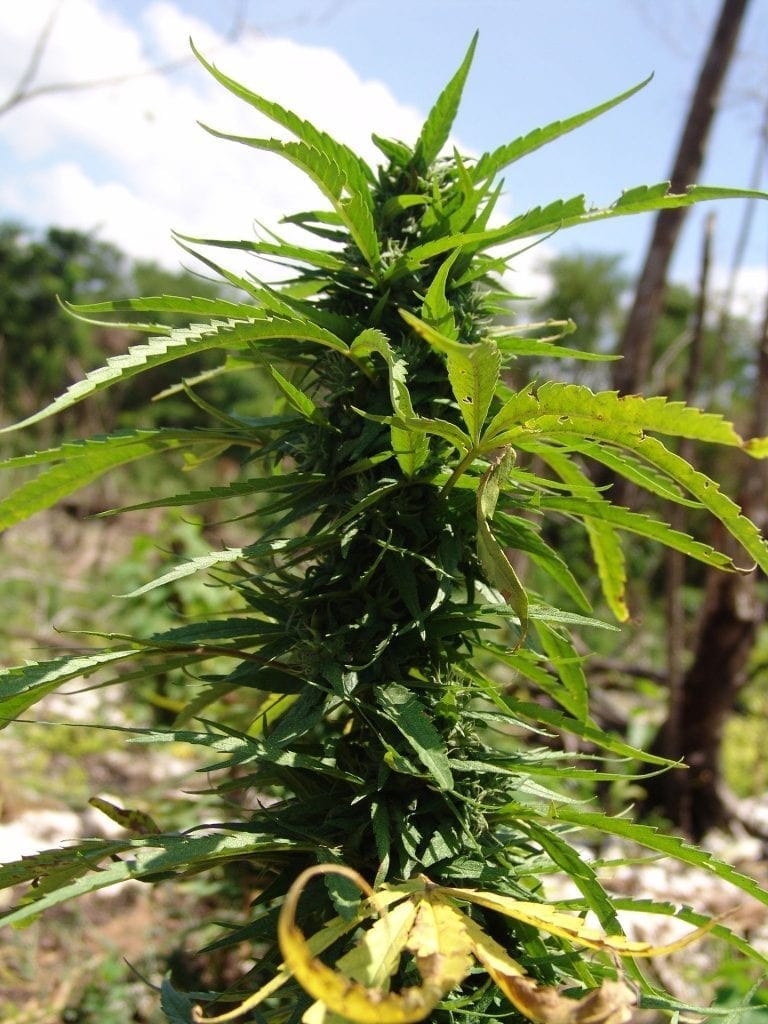
Feminized Seeds
If any of you have ever puffed a marijuana joint, you can vouch for its effect, flavor, and delight, something that all consumers want and demand.
This flavor and effect are brought about by THC (cannabinoids) that only female marijuana species possess. Thus, breeders keep coming up with techniques that encourage the growth of more reliable methods for harvesting female marijuana plants.
Rhodelization is one of the techniques that uses a variety of silver that makes the females’ plants produce male flowers (no hermies).
Male flowers pollinate female plants, thus, producing more female plants. And the cycle continues.
Earlier, they used a “gamble technique.” In this technique, breeders hoped to produce more female plants from the hermie-d species.
A major drawback with this technique was, of course, chances of hermaphrodites being produced were largely increased, and opportunities of obtaining pure female species were slim.
Other Methods Used to Identify the Sex of Your Marijuana Plant
Here are some quick ways that can help you identify the sex of your plants.
Keep an Eye Out on Their Growth Patterns
Both male and female marijuana plants initially grow without disclosing their gender. The difference starts appearing when the plants begin to mature. This is the exact time you need to keep an eye on them.
Watch Where the Plant Sprouts after Germination
This is a method growers have come up on their own. Check where the plants’ sprouts from right after germination. If it sprouts from the top or bottom of the seeds, it’s a female. But if it sprouts from anywhere on the sides, that’s a male.
This technique can be employed when you want to determine the sex of your plant ASAP!
Clone Your Marijuana Plant
This is by far the most reliable method to determine the sex of your marijuana plant. And this helps you identify the sex before your growth mature and shows any gender signs.
Hermaphrodite Plants
A hermaphrodite plant is one that has both male and female sex organs. The bad news with such a plant is that it can produce pollen that will fertilize your whole plant. Or, like some prefer to say, it can ‘hermie’ your plant.
This almost always leads to the formation of buds with seeds. In comparison to producing seedless buds called sinsemilla.
Seeded buds are classified as low-quality harvest, that produces smoke disliked by the majority because its smoke is irky and just awful, TBH!
So this situation comes about when any of your marijuana growth becomes stressed beyond its capacity. Some common stressors for marijuana plants include:
- Bad weather
- No routine for lightening
- Plant nutrient deficiency
- Plants damage
- Light burn
- Plants under attack by pests, etc.
Classifying Hermaphrodites
So, in order to make it easy for all marijuana growers, we have grouped all types of hermaphrodites into two broad categories:
- One hermaphrodite variety produces both pollen sac and buds
- Another hermaphrodite variety contains anthers or ‘bananas
Getting on with the details; try to wrap your head around this confusing feature ASAP. Both varieties produce pollen; true hermaphrodites form sacs that need to open up before fertilizing a female, whereas bananas are bare, pollen-producing stamen.
Getting exposed to stressors brings about these changes. Therefore, it should become your utmost priority to take care and prevent any stressors from damaging your harvest before it can reap.
Few pointers that should help you through this time include:
- For indoor marijuana plants, take care of growing space temperatures. By that we mean, avoid any extremes of temperatures. Also, carefully monitor and prevent light leaks.
- For outdoor marijuana plants, we can’t stress more to be very careful around light beams or street lights and, of course, when repairing any damaged branch of the plant.
Another primary cause of your plants’ hermie-ing’ lies in its genetics. If your plant previously hermie-d or if it was bought from a nursery with a history of hermie marijuana, then your crop will more likely hermie too. So avoid ‘those’ nurseries.
Also, pollen is very potent and travels quickly from one spot to another. It also travels fast. So keep those male pollens separate and work diligently with them.
Recognizing a Hermaphrodite
True hermaphrodites are more predictable and easier to tackle. The female and male parts grow separately on the plant. They don’t bunch up together.
Unlike, bananas/anthers grow from the middle of the female bud. This mixed-sex variety, unlike true hermaphrodites, appears long and elongated as their name suggests. They mostly grow together in bunches.
Conclusion on Sexing Marijuana Plants
At the end of the day, you don’t have to take extreme measures to safeguard your marijuana growth. Even if you get male plants or hermaphrodites, cut them and move on.
Spending quality time on your few female plants can yield the best possible harvest of that plant. Whereas, wasting time and energy over few hermaphrodites is vain.
Growing marijuana is an acquired skill. Something that you will learn with time and experience only. It is especially a difficult plant because it can self-pollinate too.
So as a breeder, always stay on your toes and look out for any abnormalities. Learn to figure out your plants’ sex before it begins reproducing. Now you know what to do when sexing marijuana plants.
Table of contents



